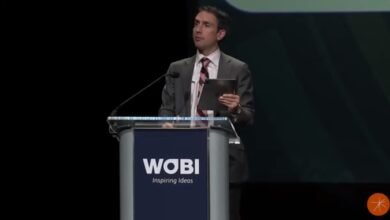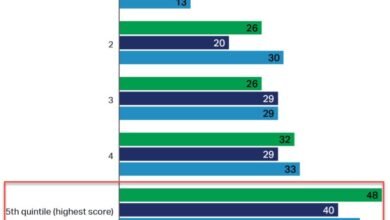The future of leadership: Skills to look for in business leaders post-COVID-19
Just as we have reexamined the way we work in response to the events of 2020, so too should we reevaluate what a strong leader looks like

Source | www.chieflearningofficer.com | Erin Joy
The COVID-19 pandemic has radically altered the business landscape. Many companies experienced anywhere from a 20 to 60 percent loss in revenue in 2020, and more than 14 million Americans either temporarily or permanently lost their jobs.
This pandemic has impacted every industry and every aspect of our lives. The 2020 word of the year was “pivot,” as we all scrambled to rapidly adapt. With continuing anxieties surrounding health and safety, job security, education disruption and financial strains, it is apparent that we can’t simply ignore the emotional fallout. Real change is required in the way we lead.
For so long, our idea of strong leadership has been shaped by strict delegation and direction, where managers lead the way and employees dutifully follow. As we continue to grapple with disruptions to our businesses and personal lives, this perception has evolved, as managers who remain effective have noticed a shift in what new leadership requires. We must reexamine the way we lead and redefine strength itself. COVID-19 has ushered in a new template we should be following when recruiting our managers and team leaders. Those with highly developed “soft skills” will be the ones who take our organizations into the future.
Empathetic leadership
We know that effective leaders must be in tune with the emotions of those around them, as well as their own. But rather than being a “nice to have” trait, emotional intelligence is now mission-critical. In the pandemic, these skills were put to the test. Creating a compassionate work environment where employees feel valued as people and can voice their opinions and concerns freely is essential in difficult situations, and in all times.
Leaders need to be transparent and realistic with their expectations, which can help build and maintain a culture of trust. In fact, employee engagement is higher when leadership is continually and openly communicating with them.






